Juan Fernández Archipelago it is home to extraordinary species of endemic flora and fauna found nowhere else in the world. Today, we are thrilled to share highlights from our latest expedition to Robinson Crusoe and Alejandro Selkirk Islands, led by our founder, Enrique Couve, and our Coordinator of Expeditions and Naturalist Guide, David Couve.
The recent Juan Fernández Birding Expedition was a unique experience in one of the most remote and fascinating corners of the Pacific Ocean. Over the course of 19 days, our Far South Expeditions team embarked on an adventure that combined sailing, natural discoveries, and a deep connection with the unique biodiversity of the archipelago.
The journey began with three days of sailing from the mainland to the Juan Fernández Archipelago. Aboard a yacht, they crossed the Pacific Ocean to start exploring the iconic Robinson Crusoe and Alejandro Selkirk Islands, where breathtaking landscapes and endemic species awaited, making this place a true natural paradise.
Endemism in the Juan Fernandez Achipelago
Located 670 km west of the Chilean coast in the South Pacific, the Juan Fernández Archipelago comprises a cluster of volcanic islands, including Robinson Crusoe (ex Masatierra), Alejandro Selkirk (ex Masafuera), and Santa Clara, as well as several smaller islets. Recognized as one of the world’s most important biodiversity hotspots, the archipelago boasts one of the highest endemism rates on the planet—an astounding 63.4%, surpassing even Hawaii and the Galapagos Islands. This means, it harbors species found nowhere else on Earth, making it a critical area for conservation. Any harm to this fragile ecosystem could lead to the total extinction of its irreplaceable flora and fauna.
In recognition of its extraordinary biodiversity, the Chilean government designated the Juan Fernández Archipelago a National Park in 1935. Later, in 1977, UNESCO declared it a Biosphere Reserve, in orden to ensure the protection of its unique natural heritage.
Unique Encounters: Masafuera Rayaditos, Beaked Whales, and the Archipelago’s Charm
The primary goal of the recent expedition to the Juan Fernández Archipelago was to locate the critically endangered Masafuera Rayadito (Aphrastura masafuerae), an endemic specie of Alejandro Selkirk Island. After an extensive search, the team successfully sighted this fascinating bird.
The expedition’s highlight was an intimate encounter with a pair of Masafuera Rayaditos beneath the shade of the endemic Canelo of Juan Fernandez (Drimys confertifolia), an endemic tree. Surrounded by ferns, the group watched as the rayaditos fed their chicks with a variety of insects—an extraordinary spectacle in this insular ecosystem.
During the expedition, they also spotted other endemic and fascinating species, including the majestic Variable Hawk of Juan Fernandez (Geranoaetus polyosoma exsul), the elusive Stejneger’s Petrel (Pterodroma longirostris), and the dazzling Orchid of Selkirk (Gavilea insularis), a true botanical marvel. It was an unforgettable adventure filled with extraordinary discoveries!
The expedition also explored Robinson Crusoe Island, home to remarkable species such as the Juan Fernandez Firecrown (Sephanoides fernandensis), the Juan Fernandez Tit-tyrant (Anairetes fernandezianus), and the Juan Fernandez Petrel (Pterodroma externa). On nearby islets, the team observed the Kermadec Petrel (Pterodroma neglecta), accompanied by other seabirds such as the Northern Royal Albatross (Diomedea sanfordi), White-bellied Storm Petrels (Fregetta grallaria), and Pink-footed Shearwaters (Ardenna creatopus), among others.
One of the expedition’s most exciting moments was the sighting of a pair of beaked whales (Mesoplodon sp.). These elusive cetaceans, known for their discreet behavior, are experts at remaining unseen, making them one of the least-studied marine mammals. While rarely observed, beaked whales are remarkable for their adaptations to deep-sea diving in search of prey such as squid and mesopelagic fish.
¡Join us to explore with us!
During the expedition, participants not only analyzed how weather conditions influence the behavior of these birds, but also immersed themselves in a unique connection with the environment, surrounded by flora and fauna as fascinating as they are astonishing.
We invite you to discover the Juan Fernández Archipelago — a paradise of biodiversity and spectacular landscapes that will spark your curiosity and admiration. Come explore with us!

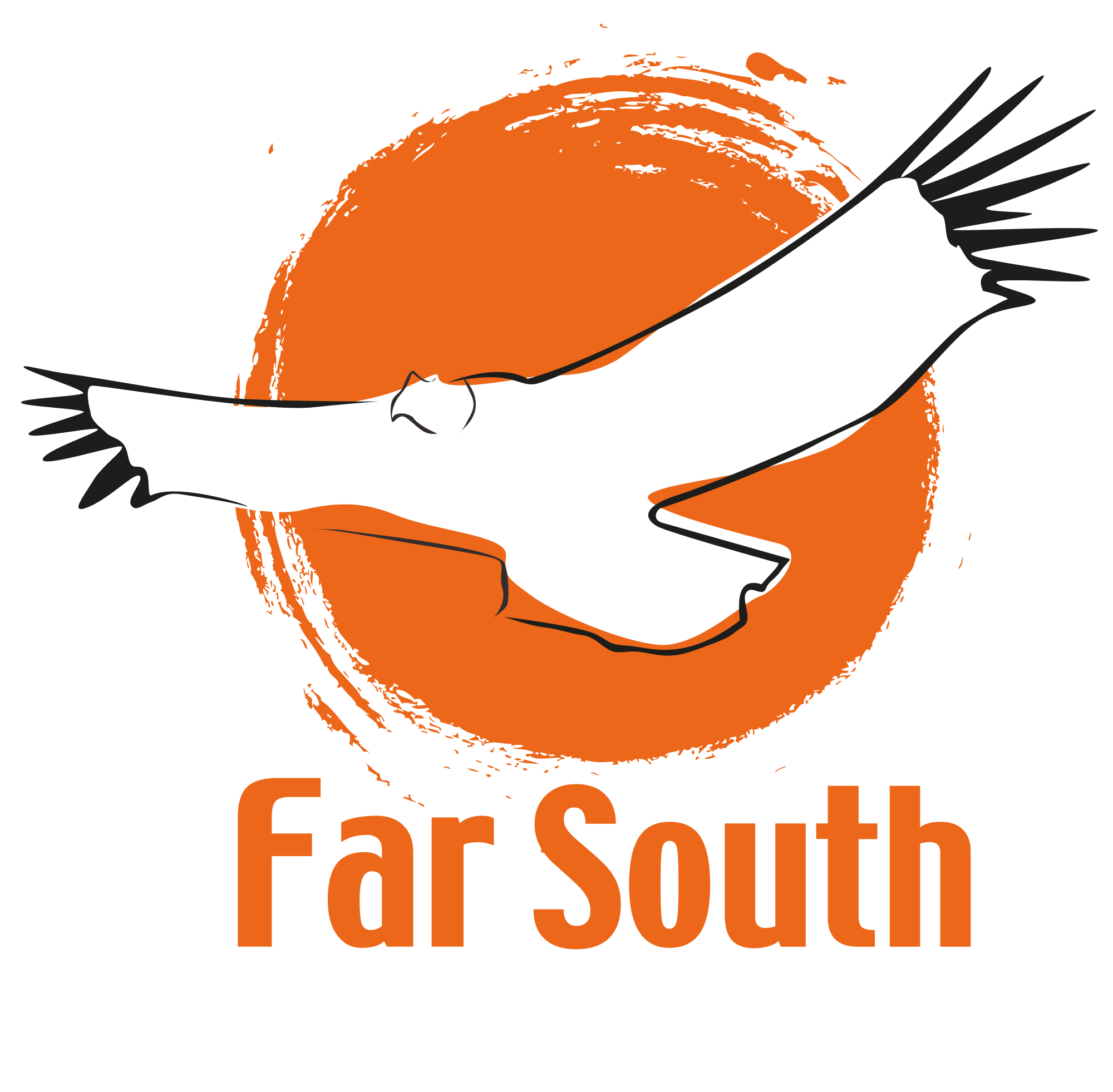

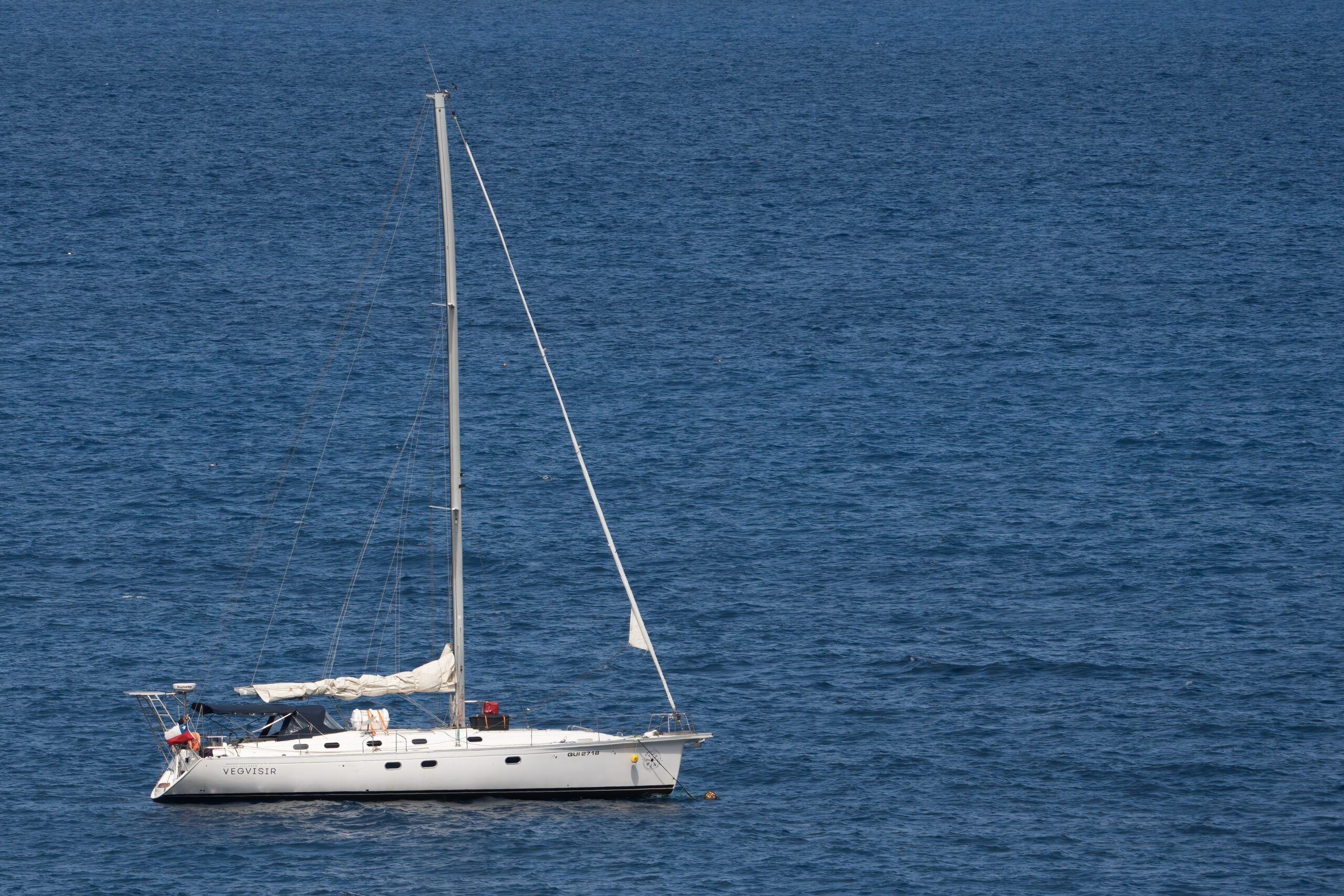
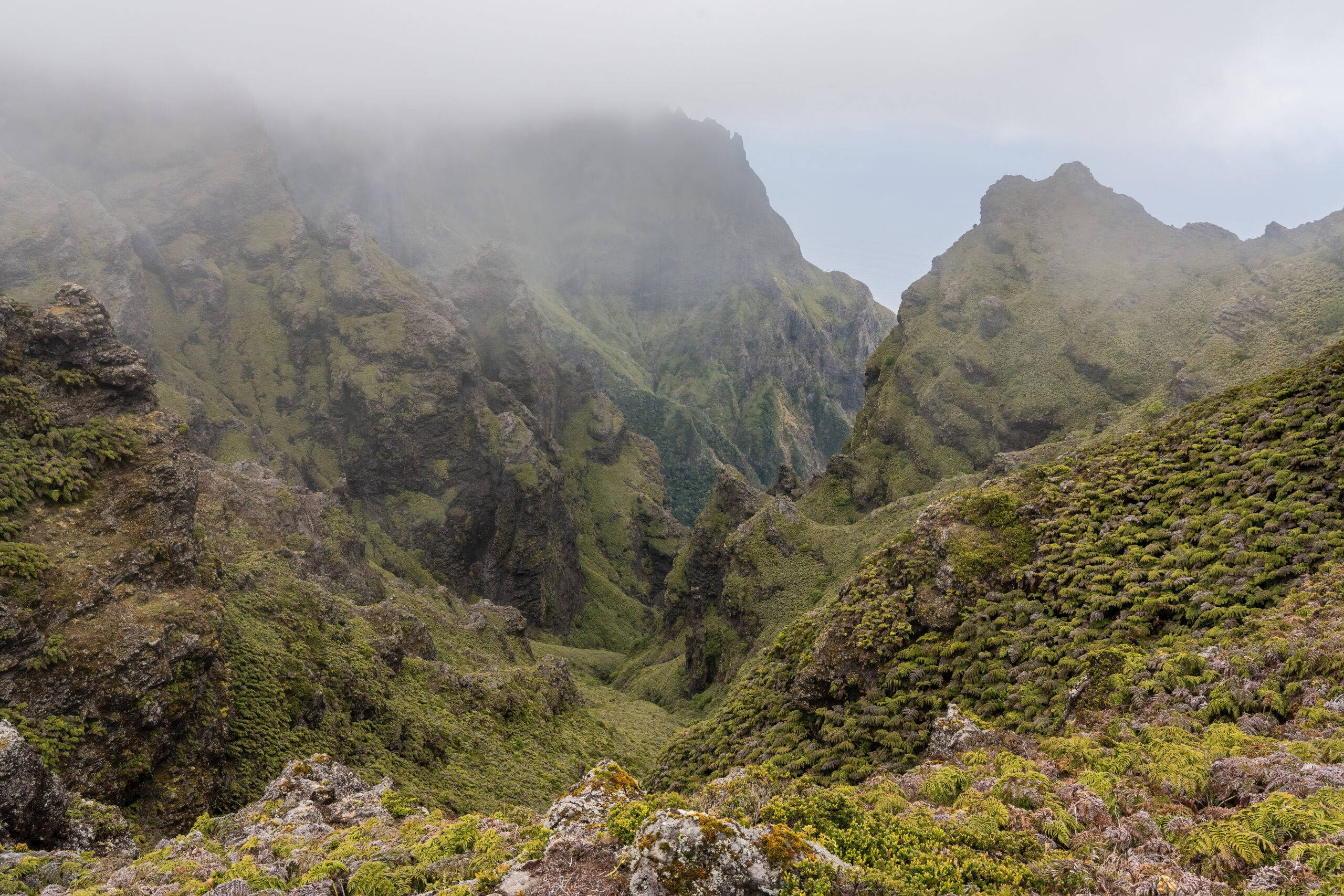
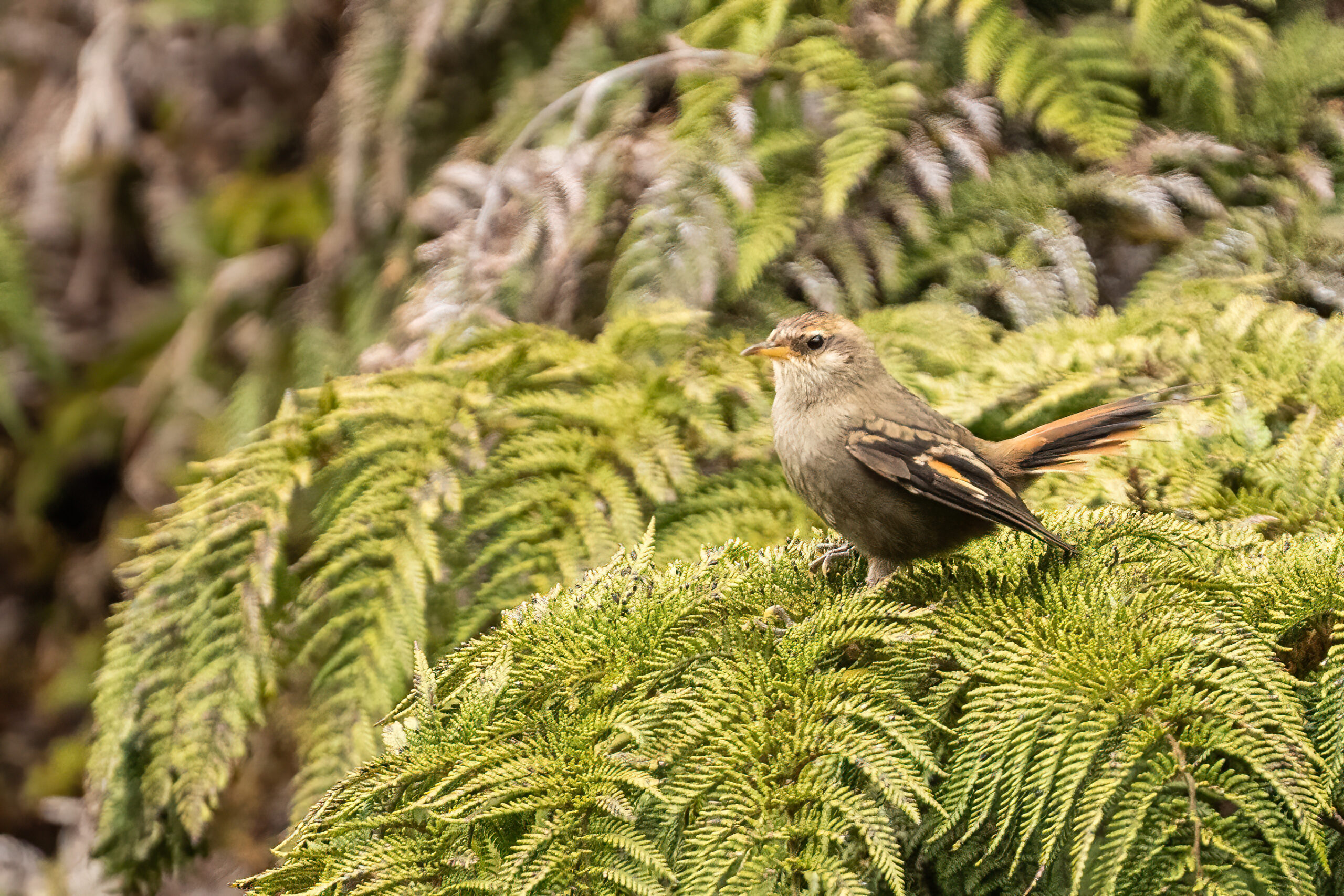
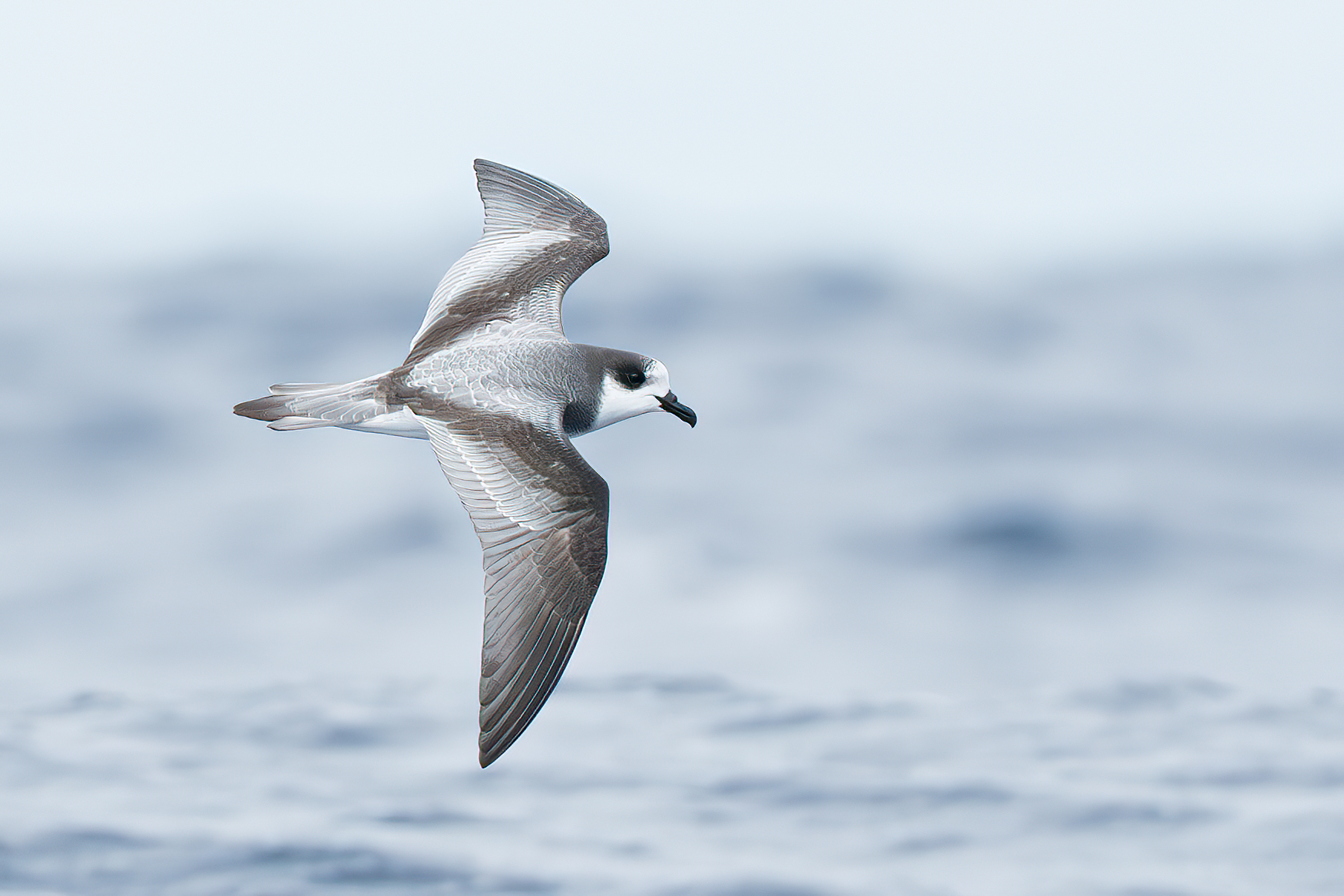
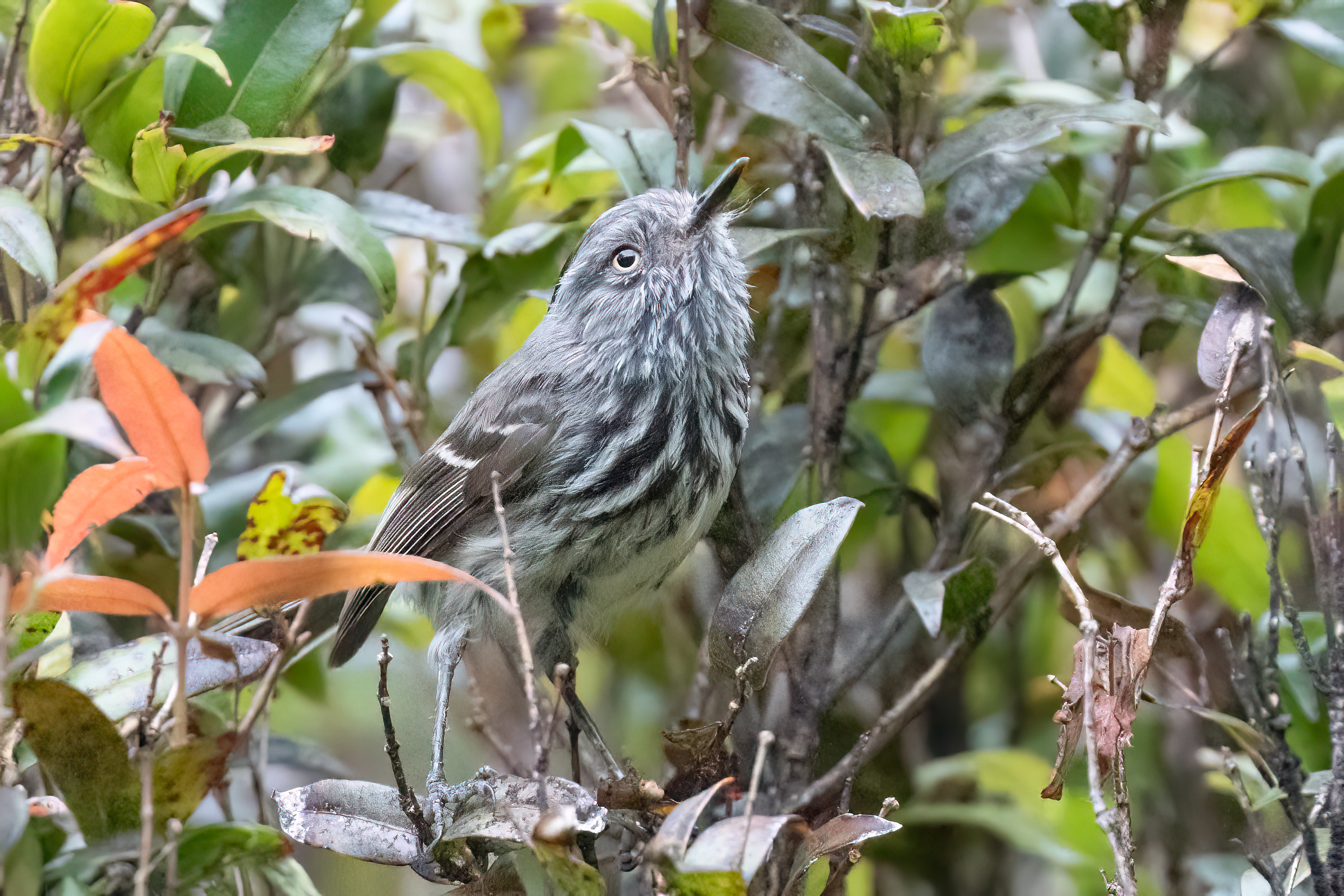
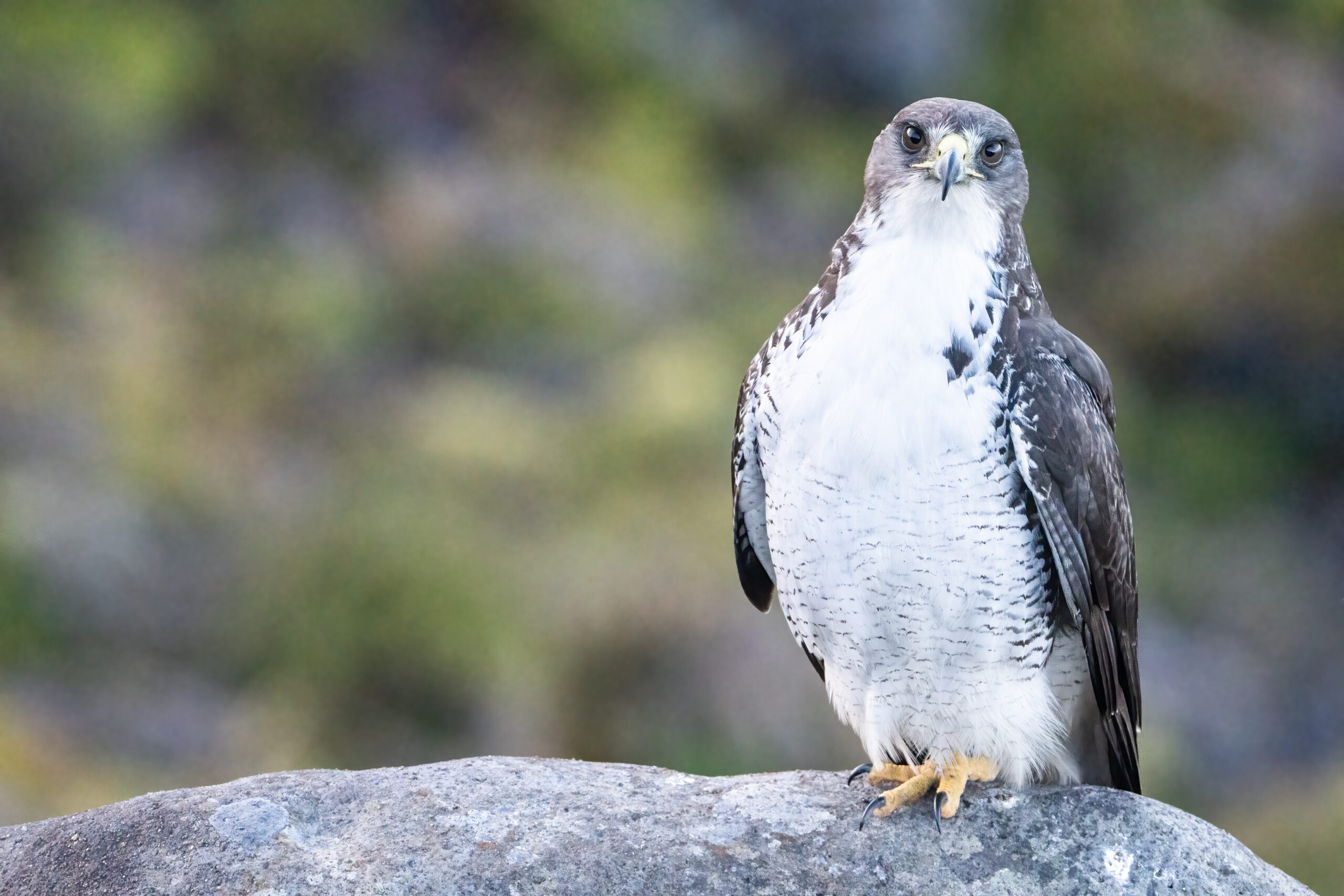
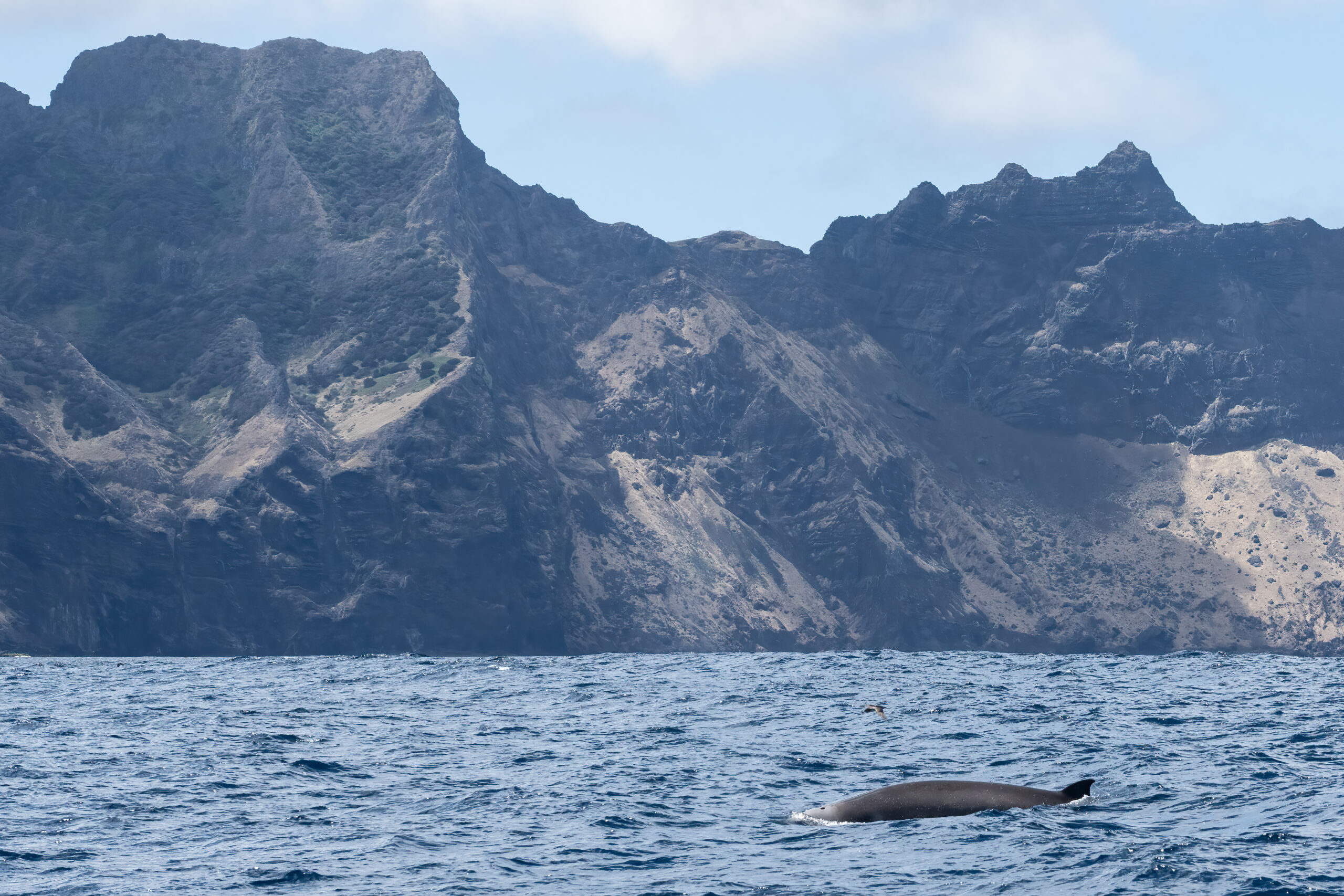
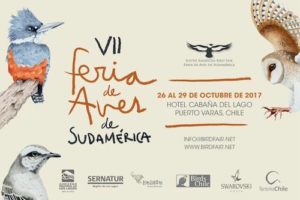
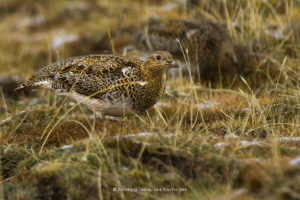
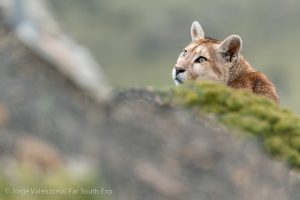
Leave a Reply
Your email is safe with us.